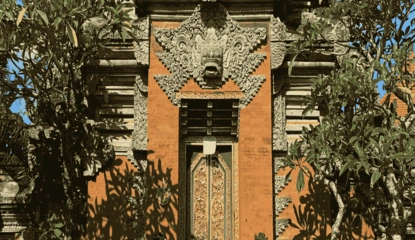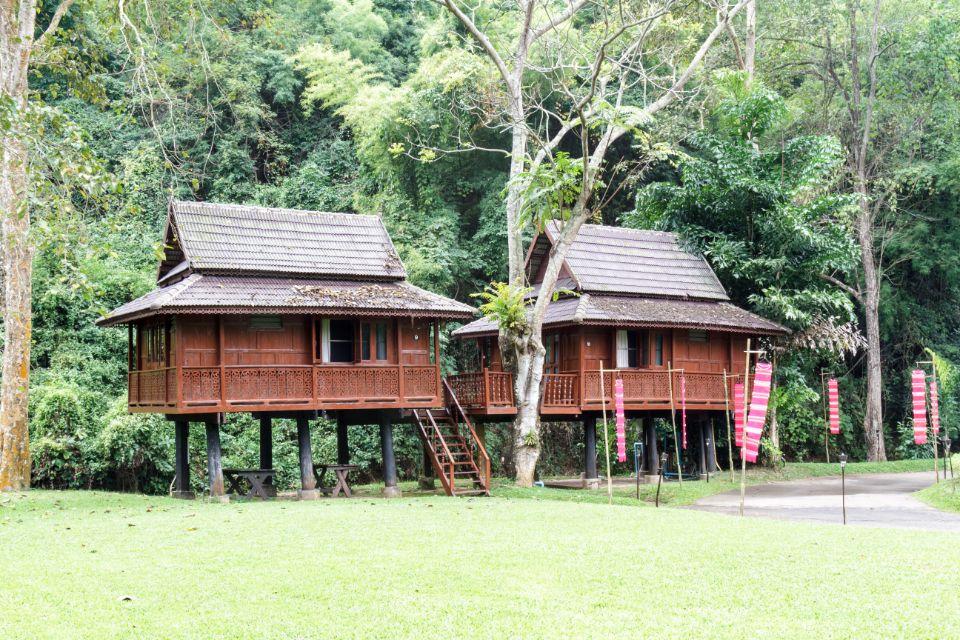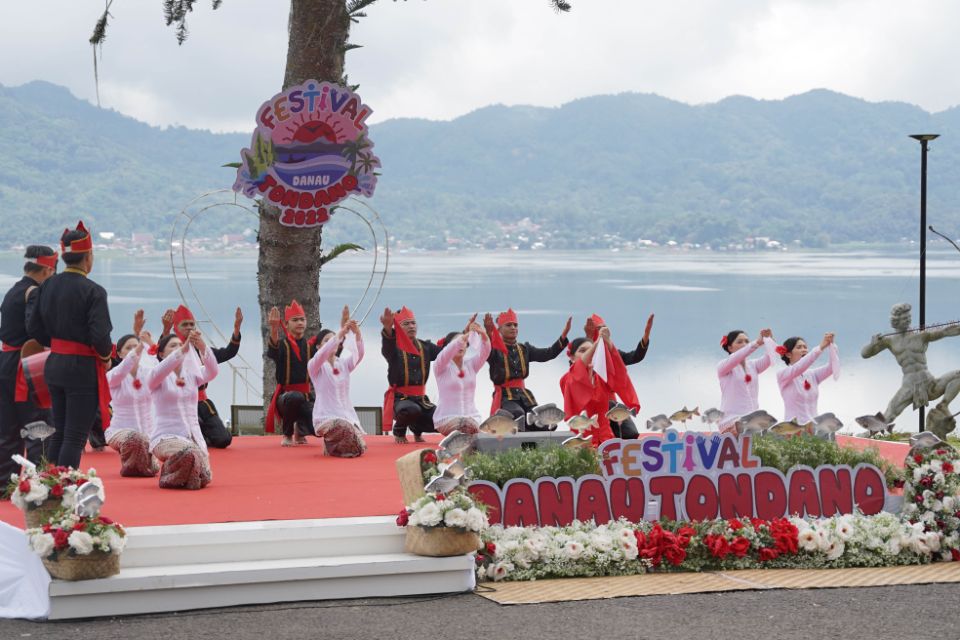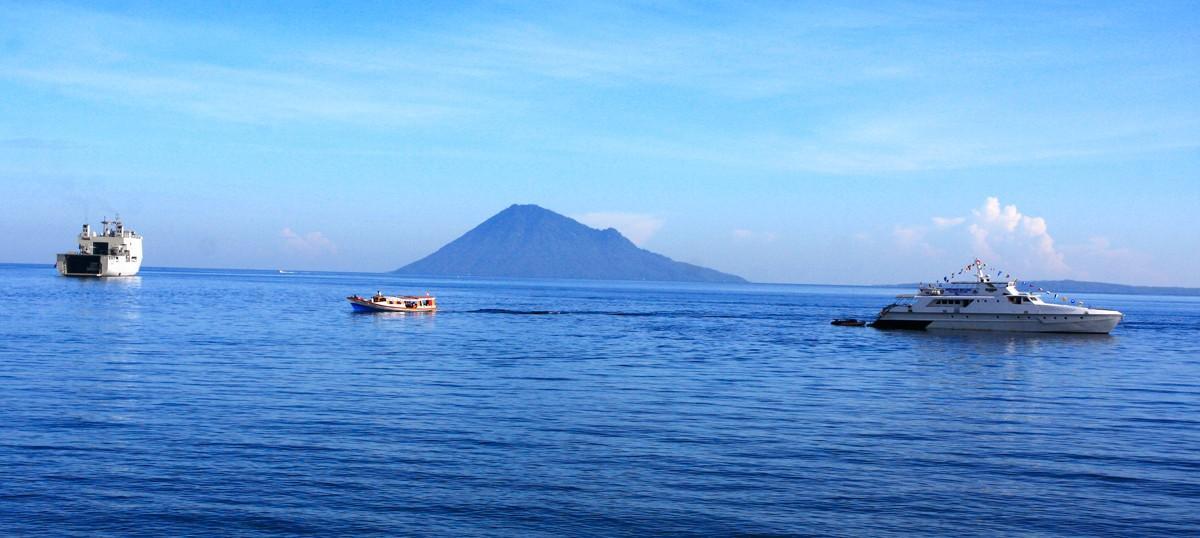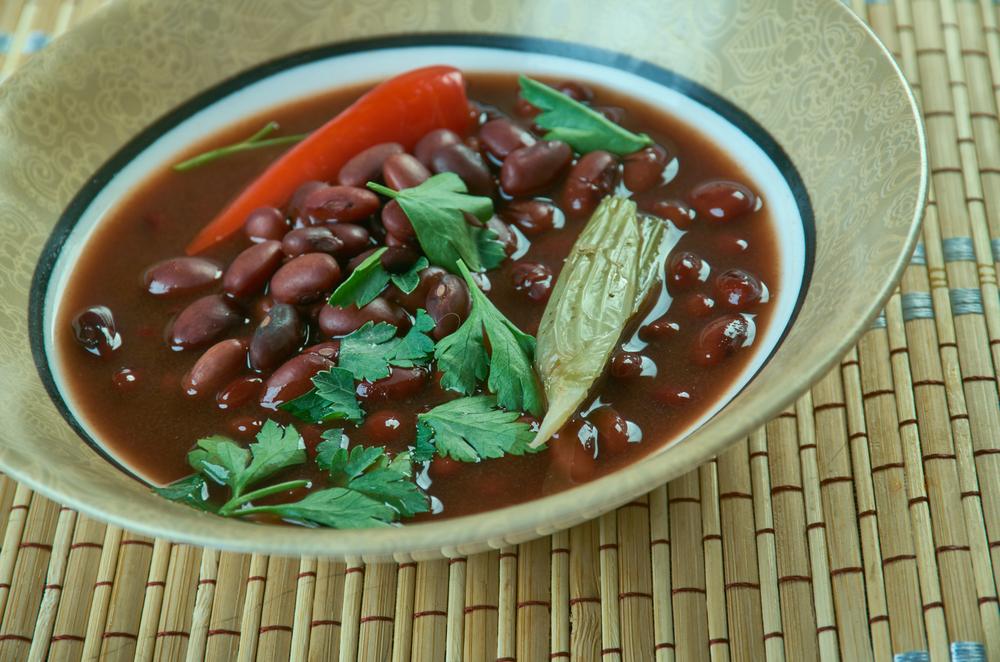The Walewangko Traditional House, also known as Pewaris, is the traditional house of the Minahasa people in North Sulawesi. This house serves as a cultural symbol and identity of the Minahasa community, reflecting their values of tradition, togetherness, and local wisdom.
The Walewangko House is designed as a stilt house to adapt to the geographical conditions of North Sulawesi, which features many highland areas and experiences heavy rainfall. Besides functioning as a residence, the house is also used for traditional ceremonies and as a center for social life in the community.
Distinctive Features
Structure:
The house is built on wooden stilts approximately 1.5 to 2 meters high to protect it from ground moisture and provide good ventilation.The building materials consist of durable local wood such as cempaka or meranti wood, with a roof made of palm leaves (rumbia) or zinc. The roof has a curved shape, showcasing the unique aesthetics of Minahasa architecture while also providing protection from heavy rain.
Room Layout:
Front Room (Ponding): Used for receiving guests and hosting social activities.
Central Room: Serves as the main living area for the family, including sleeping quarters and a gathering space.
Back Room: Functions as the kitchen and storage area for household items.
Underneath the House: The space beneath the house is often used for storing agricultural produce, tools, or as a shelter for small livestock.
Ornaments:
The Walewangko House is typically adorned with traditional Minahasa carvings featuring motifs of flora, fauna, or geometric patterns, symbolizing the community's connection to nature. Bright colors such as red, yellow, and white are often used to represent the enthusiasm and joy of the Minahasa people.
Philosophical Meaning
The Walewangko Traditional House reflects the philosophical values of Minahasa life:
- Togetherness: The interior design supports close family bonds and fosters communal relationships.
- Simplicity: The structure represents the traditional lifestyle of the Minahasa people, emphasizing the importance of 3. simplicity and practicality.
- Harmony with Nature: The use of natural materials and environmentally friendly design demonstrates the community’s respect for nature.
- Cultural Identity: The house stands as a cultural heritage symbol, preserving the traditions and wisdom of the Minahasa people.
Functions of the Walewangko Traditional House in Daily Life
- Residence: The house is designed to provide comfort and protection from the tropical climate.
- Social Hub: The front room serves as a space for welcoming guests, family gatherings, or traditional ceremonies.
- Storage for Agricultural Produce: The space beneath the house is utilized for storing crops like rice, corn, or coconuts.
- Cultural Preservation: The Walewangko House symbolizes the cultural heritage passed down through generations in the . Minahasa community.
- Tourism Attraction: The house has become an iconic cultural tourism site in North Sulawesi, showcasing Minahasa traditions and architectural uniqueness to visitors."






